I think this is rather difficult. Constantia is directly usable in Mathematica:
Style["0123456789", FontFamily -> "Constantia", FontSize -> 100]

However, the font is specifically designed to be balanced this way. If you tweak sizes and positions of the letters using FontSize and AdjustmentBox you get this:
shift = {0, 0, 0, -1, -1, -1, 0.0, -1, 0.0, -1} 0.5;
s = 0.65;
sizeScale = {1, 1, 1, s, s, s, s, s, s, s, s};
Row[Table[
AdjustmentBox[
Style[num, FontFamily -> "Constantia",
FontSize -> 100 sizeScale[[num + 1]]],
BoxBaselineShift -> shift[[num + 1]]], {num, 0,
9}]
] // DisplayForm

You see the shifted and scaled letters have a different body weight. Font weight can be adjusted, but only very roughly. Usually you only have Plain and Bold styles. So you can get as close as this:
body = {Plain, Plain, Plain, Bold, Bold, Bold, Bold, Bold, Bold, Bold};
Row[Table[
AdjustmentBox[
Style[num, FontFamily -> "Constantia" ,
FontWeight -> body[[num + 1]],
FontSize -> 100 sizeScale[[num + 1]]],
BoxBaselineShift -> shift[[num + 1]]], {num, 0,
9}]] // DisplayForm

Somewhat better, but still ugly. I assume a complete new design of the letters is necessary for this to work. Perhaps the normal letters can be found somewhere further on in the font table?
UPDATE
Found the alternative number set. They are at positions 8320 - 8329 in the font table. You should be able to switch them using a font utility.
Style[FromCharacterCode[Range[8320, 8329]],FontFamily -> "Constantia", FontSize -> 100]





